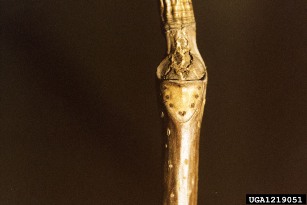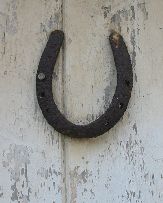 Health & Horse Chestnuts
Health & Horse Chestnuts
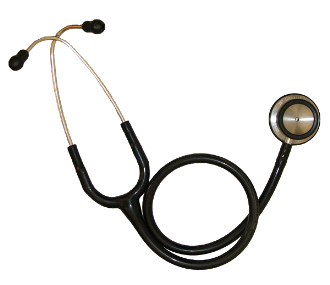
Horse Chestnut trees have been utilized as
folk/traditional treatments for hundreds of years. It was
said that simply carrying the seed of a Horse Chestnut in your
pocket would cure/treat arthritis and rheumatism. Various
portions of the trees were also said to be able to help those
with
varicose veins,
hemorrhoids, fever, cough, diarrhea,
enlarged prostate gland,
eczema, swelling of soft tissue, dizziness,
biliary diseases, bruising, cough, kidney diseases, liver
congestion, leg cramps at night, malaria, lupus ulcers,
pancreatitis and menstrual pains. On top of this,
Iriquois Indians in North America used the roots in powder form
for chest pains. With this it is easy to see why the Horse
Chestnut has been such a revered tree over the years. It
is presumed that these remedies, with the exception of chest
pains, originated in Europe.
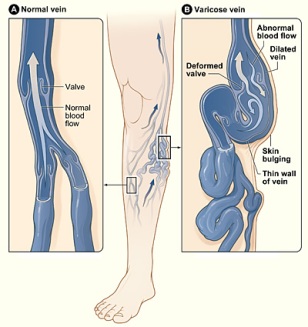 Even though the large majority of these folk remedies have not
received legitimate scientific support, not all of them are
unfounded. Germany in particular supports the use of the
Horse Chestnut tree as treatment for some of the previously
listed ailments. The German Commission E, an expert
committee in the German government which provides support for or
refutes old folk remedies, supports taking refined horse
chestnut extract in some cases. Chronic venous
insufficiency and hemorrhoids could be treated by taking a dose
of horse chestnut extract equivalent to about 100 mg of escin
per day. There is still controversy as to whether it does
indeed help with hemorrhoids, but most experts agree that
refined horse chestnut seed extract can be utilized to treat
chronic venous insufficiency and
varicose veins.
Even though the large majority of these folk remedies have not
received legitimate scientific support, not all of them are
unfounded. Germany in particular supports the use of the
Horse Chestnut tree as treatment for some of the previously
listed ailments. The German Commission E, an expert
committee in the German government which provides support for or
refutes old folk remedies, supports taking refined horse
chestnut extract in some cases. Chronic venous
insufficiency and hemorrhoids could be treated by taking a dose
of horse chestnut extract equivalent to about 100 mg of escin
per day. There is still controversy as to whether it does
indeed help with hemorrhoids, but most experts agree that
refined horse chestnut seed extract can be utilized to treat
chronic venous insufficiency and
varicose veins.

A study was published in 2002 by the Journal of Herbal
Pharmacotherapy titled Horse Chestnut: A Multidisciplinary
Clinical Review. The study concluded that horse chestnut
seed extract (HCSE) was as effective as compression stockings and oral
oxerutins in treating chronic venous insufficiency (CVI). It also
reports that there is "insufficient human clinical trial data" to support
the Horse Chestnut for anything but CVI. The primary active ingredient
is escin/aescin, a saponin mixture which helps to normalize the permeability
of capillary membranes. The extract is usually contained within a
topical cream instead of an oral treatment because of the potential toxicity
of the Horse Chestnut.
 Even though the Aesculus Hippocastanum has been seen throughout
history as a tool for health it can indeed be the opposite. The Horse
Chestnut contains esculin/aesculin, a glycoside that causes harm by
primarily breaking down proteins in the blood. However, this toxin is
only harmful when ingested, not simply when handling the tree or seeds of a
Horse Chestnut. Glycosides become associated with risk when the sugar
molecule attached to the rest of the compound is stripped away. During
the process of digestion this removal occurs and can result in very adverse
symptoms. Horse Chestnut poisoning is often characterized by vomiting,
nausea, enlarged pupils, paralysis, diarrhea, muscle weakness and twitching,
kidney problems, coma, and even fatality if enough is ingested.
Even though the Aesculus Hippocastanum has been seen throughout
history as a tool for health it can indeed be the opposite. The Horse
Chestnut contains esculin/aesculin, a glycoside that causes harm by
primarily breaking down proteins in the blood. However, this toxin is
only harmful when ingested, not simply when handling the tree or seeds of a
Horse Chestnut. Glycosides become associated with risk when the sugar
molecule attached to the rest of the compound is stripped away. During
the process of digestion this removal occurs and can result in very adverse
symptoms. Horse Chestnut poisoning is often characterized by vomiting,
nausea, enlarged pupils, paralysis, diarrhea, muscle weakness and twitching,
kidney problems, coma, and even fatality if enough is ingested.
This poisoning occurs in humans often because of the
confusion between the Aesculus Hippocastanum and the Castanea
dentata (Chestnut) which is associated with the sweet chestnut seed.
Grazing livestock also fall victim to poisoning by aesculin.
Non-ruminant mammals usually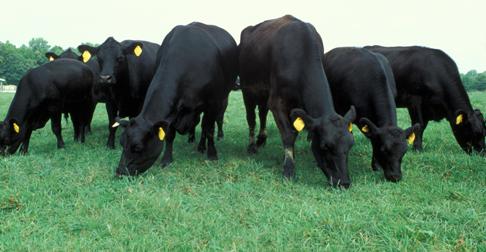 only experience vomiting, nausea and diarrhea. However, aesculin
causes additional neurological symptoms in ruminate mammals (i.e. cows)
because of the additional digestion that occurs in the rumen. It only
requires a dose equivalent to approximately 0.5% of a calf's body weight to
result in severe poisoning. Luckily, the fatalities are limited due to
self-limiting by both humans and other animals who realize the adverse
affects of aesculin. Even though we cannot enjoy eating the fruit of
horse chestnuts, we can enjoy eating the fruit of a
Paw Paw fruit!
only experience vomiting, nausea and diarrhea. However, aesculin
causes additional neurological symptoms in ruminate mammals (i.e. cows)
because of the additional digestion that occurs in the rumen. It only
requires a dose equivalent to approximately 0.5% of a calf's body weight to
result in severe poisoning. Luckily, the fatalities are limited due to
self-limiting by both humans and other animals who realize the adverse
affects of aesculin. Even though we cannot enjoy eating the fruit of
horse chestnuts, we can enjoy eating the fruit of a
Paw Paw fruit!
To read about another poisonous organims visit
Belladonna and
Daffodil.
